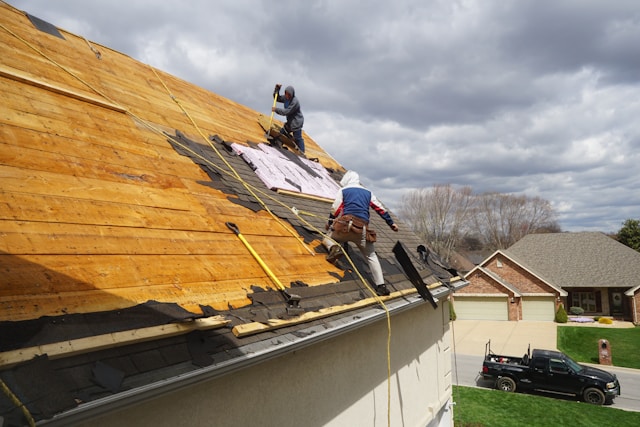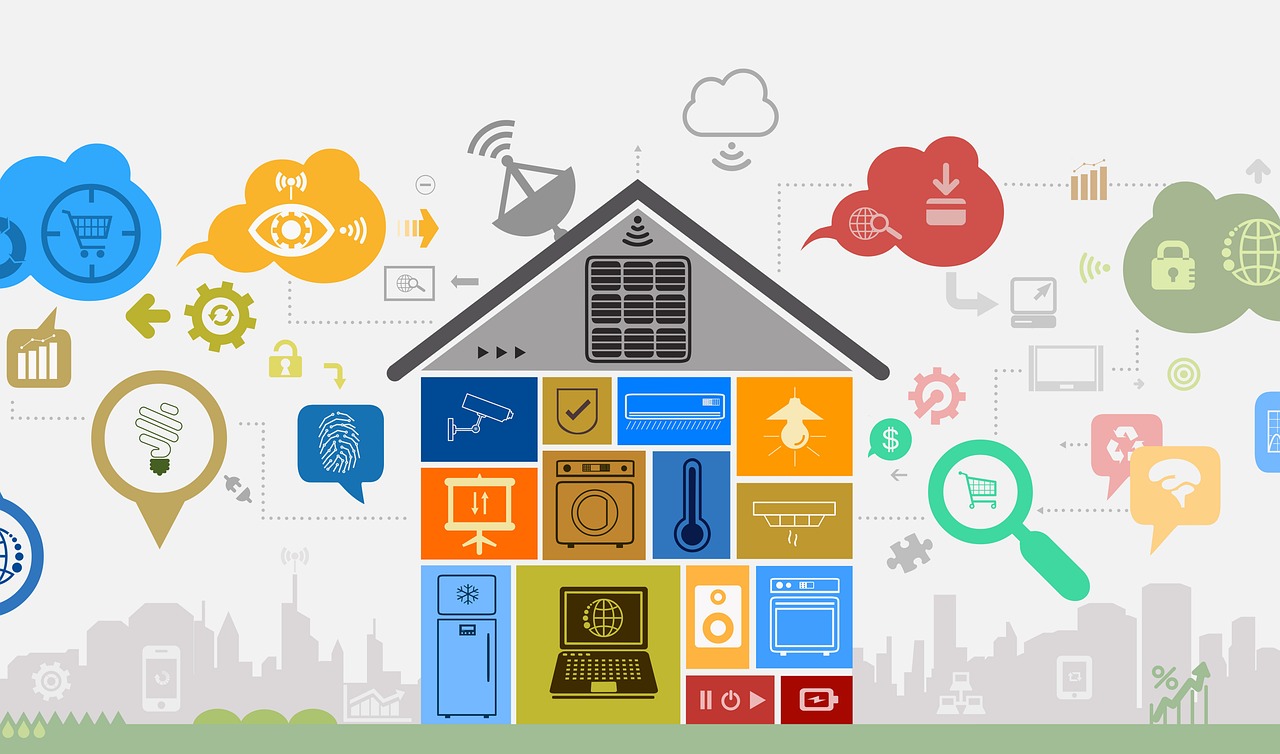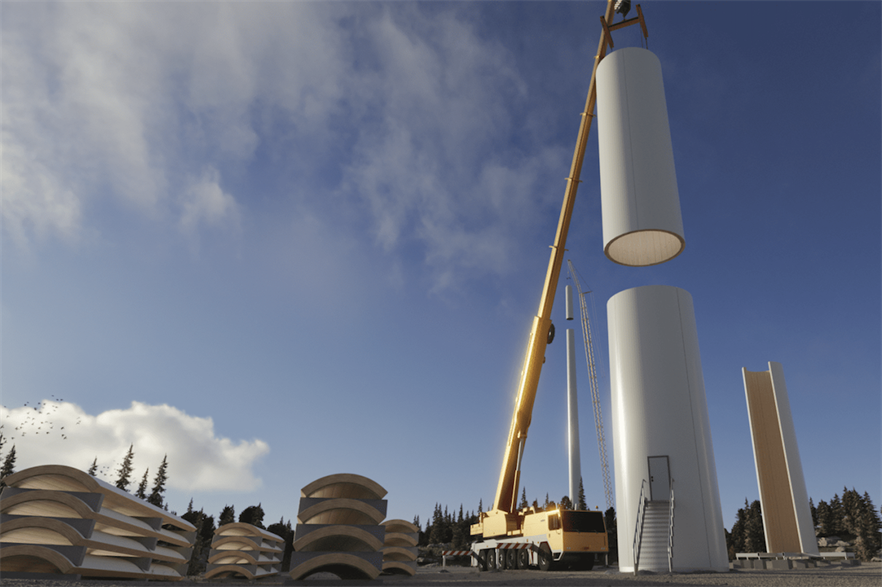Your home’s roof is more than just a protective canopy; it’s a complex system vital to the integrity and efficiency of your home. Be it patching up a leak, insulating to conserve energy, or upgrading to more durable materials, the decisions you make can have long-term implications for both your home’s aesthetics and functionality.
In this comprehensive guide, we’ll explore what every homeowner needs to know about roof fixes and upgrades, ensuring you’re well-equipped to take informed actions when it comes to caring for your home. Let’s begin!
Proper Maintenance
To keep your roof in good condition, you should never underestimate the importance of regular maintenance. This includes inspecting your roof for any damage, clearing debris such as leaves and branches, and keeping gutters clean to prevent water buildup.
Address any issues promptly before they escalate into more significant problems. Small leaks can quickly turn into major water damage, so it’s best to fix them as soon as you notice them. If you are looking for a local contractor, you can learn more from this site and find the best one for your needs. The right professionals will be able to identify any potential issues and provide you with the best solutions. With a little bit of effort, you can keep your roof in great shape for years to come.
Understanding the Signs of Damage
Before diving into the different types of roof fixes and upgrades, you must understand the signs of damage that may indicate potential issues. These include:
- Water leaks: This is a clear sign that your roof has been compromised and needs immediate attention.
- Damaged or missing shingles: Shingles act as a protective layer for your roof, so any missing or damaged ones should be replaced as soon as possible to prevent further damage.
- Sagging or drooping: This indicates that your roof is under too much weight and may need structural repairs.
- Mold or mildew growth: These are signs of potential water damage and should be addressed promptly to prevent further issues.
If you keep an eye out for these signs, you can catch any problems early on and prevent them from becoming more severe and costly.
Choosing the Right Materials
When selecting materials for roof repairs or upgrades, balance aesthetics, durability, and cost. Traditional materials such as asphalt shingles are cost-effective and come in a variety of colors and styles, making them suitable for a wide range of homes. Meanwhile, metal roofing, while more expensive, offers longevity and resistance to extreme weather. For those in fire-prone areas, slate or clay tiles may provide added protection due to their non-combustible properties.
Modern advances have also introduced eco-friendly options such as green roofs, which insulate your home while supporting a living ecosystem. Solar tiles are another innovative solution, blending the practicality of energy production with the necessity of home protection. Depending on your budget and preferences, there is a material out there that can meet your needs.
Energy Efficiency
Proper insulation and ventilation are key to preventing heat loss in the winter and keeping your home cool in the summer. Materials like reflective roofing can deflect sunlight, reducing the need for air conditioning. Installing a radiant barrier beneath the roof can minimize heat absorption. For those looking to integrate technology into their energy efficiency efforts, automated, smart home systems can monitor and manage internal temperatures with precision.
Budgeting for Repairs and Upgrades
As a homeowner, you likely understand the importance of budgeting for regular maintenance tasks like mowing the lawn or replacing air filters. But have you considered the costs of emergency repairs or long-term upgrades? A burst pipe or a leaky roof can suddenly set you back thousands of dollars while upgrades like a kitchen renovation or new windows can improve your home’s value in the long run.
If you are planning financially for these potential costs, you can avoid the stress and financial strain that come with unexpected repairs or upgrades. Set aside a portion of your budget each month specifically for home repairs, and consider speaking with a financial advisor to ensure you’re on the right track.
Resale Value
A well-maintained roof is a major selling point for potential buyers as they know they won’t have to deal with any immediate roofing issues. Upgrading to more durable or energy-efficient materials can also make your home more attractive to buyers.
Keep in mind that while upgrades can add value, investing in the wrong materials or over-improving can lead to diminishing returns. Always do thorough research and consult with a real estate professional before making any major changes to your roof.
The roof is a critical aspect that demands careful attention and investment. Thanks to these small upgrades, you equip yourself with the knowledge to ensure your roof remains robust and reliable. Whether you’re dealing with an emergency fix or contemplating a long-term upgrade, remember that a sound roof is paramount to your home’s overall health and peace of mind.







